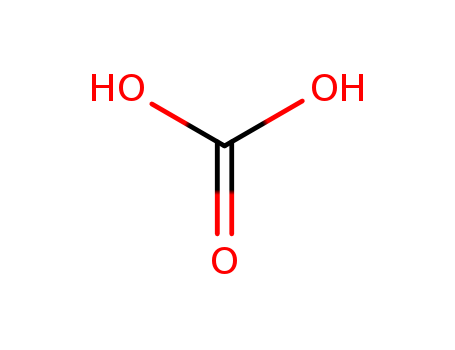10.1002/jccs.200500086
This study focused on the synthesis of nitrophenols and their cytotoxicity against various cancer cell lines by oxidation of phenol derivatives using cerium ammonium nitrate (CAN) in acetonitrile under mild conditions. This study aimed to elucidate the reaction conditions of CAN in the cyclonitration and oxidative addition of phenol derivatives and explore the structure-activity relationship of the resulting compounds. The researchers found that CAN is an efficient nitrating agent for phenols and tolerates a variety of functional groups such as -CH3, -I, and -CO2H under the reaction conditions. In the case of methylphenol and hydroxycarboxylic acid, steric effects were observed to reduce the nitration reaction. Cytotoxicity evaluation revealed that some compounds such as 2c, 3a, 4b, and 10b exhibited selective activity against specific cancer cell lines, with compound 10b showing cytotoxicity against Hep G2, Hep 3B, MCF-7, and MDA-MB-231 cancer cell lines. The study concluded that the p-nitrophenol functionality and p-quinone moiety in these compounds play an important role in their cytotoxic effects.
10.1016/j.ica.2003.10.027
The research investigates the reactivity of palladium(II) methyl complexes, specifically (tmeda)PdMe2 and (dppe)PdMe2, towards carbon dioxide (CO2) under dry conditions and in the presence of water. The study reveals that these complexes react with CO2 to form corresponding methyl bicarbonate complexes, such as cis-Pd(Me)(O2COH)(tmeda) and cis-Pd(Me)(O2COH)(dppe), which were characterized by NMR spectroscopy and elemental analysis. The reaction mechanism likely involves the formation of carbonic acid from CO2 and water, which then attacks the dimethyl complex to produce the bicarbonate or carbonate complex along with methane. The amount of water present is crucial in determining whether a bicarbonate or a carbonate complex is formed. The research also includes the recrystallization of the tmeda bicarbonate complex from acetone, yielding a g2-carbonate complex, whose structure was determined by X-ray crystallography. The study concludes that the investigated dimethyl complexes are not suitable for CO2 activation to form new C–C bonds, and the researchers are exploring more electron-rich Pd complexes for this purpose.
10.1007/s11426-020-9949-7
The study presents a novel method for the difunctionalization of aliphatic C(sp3)–C(sp3) bonds using dioxygen to form hydroxyketone products, which are significant in biologically active molecules, synthetic drugs, and fine chemicals. The researchers utilized a TiO2-CH3CN photocatalytic suspension system to insert dioxygen into strained cycloparaffin derivatives, resulting in the formation of β- and γ-hydroxyketone products in a one-pot reaction. Key chemicals included TiO2 (Degussa P25) as the photocatalyst, acetonitrile (CH3CN) as the solvent, and strained cycloparaffin derivatives as substrates. The purpose of these chemicals was to enable the targeted activation of inert C–H σ bonds and facilitate the insertion of both oxygen atoms from dioxygen into specific C(sp3) positions, which is a rare achievement in the field of catalytic chemistry. The study also involved isotopic labeling experiments with 18O2, Ti18O2, and H2 18O to confirm that the oxygen atoms in the hydroxyketone products originated exclusively from dioxygen, suggesting a new pathway for converting dioxygen into hydroxyketone units.
10.1016/S0040-4039(00)80496-7
The research focuses on the oxidation of enamines to α-hydroxy ketones and α-amino ketones using N-sulfonyloxaziridines. The purpose of this study was to develop a methodology for the preparation of tetra-substituted α-hydroxy ketones, which are important structural units in the synthesis of natural products and biologically active molecules. The researchers found that tri-substituted enamines are oxidized to α-hydroxy ketones, while di-substituted enamines are oxidized to α-amino ketones. A unified mechanism for the formation of both types of ketones was proposed, involving the initial attack of the oxaziridine at the enamine double bond to form an α-amino epoxide, which then rearranges to form the final products. Key chemicals used in the process include N-sulfonyloxaziridines 4 and (+)-5, enamines 1, and various solvents such as chloroform, tetrahydrofuran, and methanol as a co-solvent to improve yields. The study concluded that the methodology is potentially useful for the synthesis of optically active α-hydroxy ketones and provides good yields for the oxidation of di-substituted enamines to α-amino ketones.





